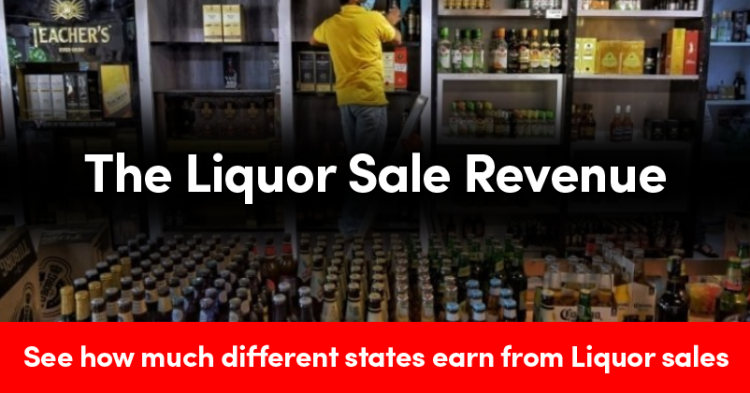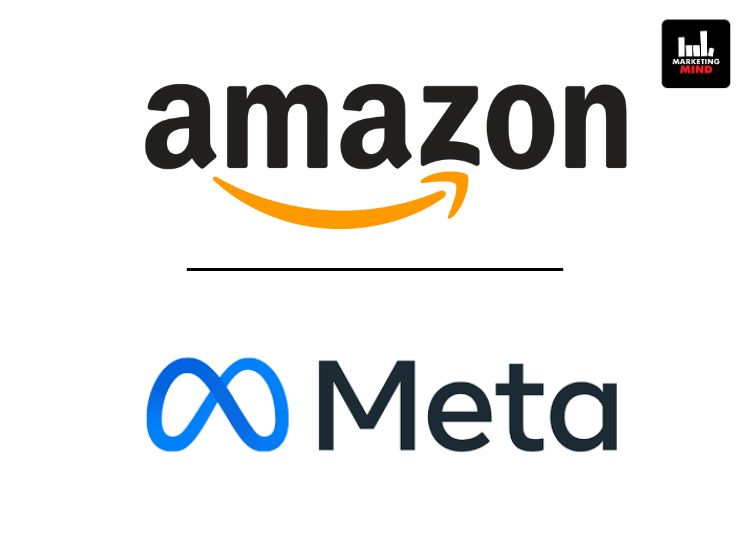As recently announced by the Ministry of Home Affairs, India entered its third lockdown on 4th of May. This lockdown is said to last for another 2 weeks. However, this new lockdown comes with a few relaxations as divided among the Red, orange & green zones.
While many were received with open hands, one ban-lift has divided the country by opinion. The liquor sale will now be allowed in green and orange zones classified according to the spread of Covid-19. Liquor shops will now function in these zones.
However, Delhi took a step further and the state government had allowed the sale of alcohol in various parts of the city but with the necessary precautions to control the spread of COVID19. The liquor sale imposed in Delhi also included a 70% COVID19 tax which increased the price of the product substantially.

But what contribution does the liquor sale revenue has in every state?
-As per many reports, liquor sale is the second-largest revenue generator for the state governments besides petroleum products. The majority of states get 15-20% sales tax on petroleum products while the excise duty on alcohol amounts to 10-15% of tax revenue, making alcohol one of the supporting pillars in state economies.
-From 2017-18 to 2018-19 many states have increased alcohol taxes to meet revenue demands. In 2017-18, 35% of states gained 5-10% of their revenues through alcohol tax but within one year 31% of states were earning 10-15% of their total revenue through the sale of alcohol. Moreover, 27% of states were earning between 15-20% of their total revenue through excise duty on alcohol sales.
-States’ budget data published by the Reserve Bank of India in its annual publication titled State Finances: A Study of Budgets show that the excise duty on sale of alcohol at the all India level for 2019-20 was estimated at Rs 1,75,501.42 crore (Rs 1.75 lakh crore). The report had estimated states’ own tax revenues for the year at Rs 14,09,325.33 crore (Rs 14.09 lakh crore). States’ own tax revenues refer to taxes imposed and retained by states.

For instance, the Goods and Service Tax(GST) usually has two components – the central GST and state GST. The central GST, although collected by the state, is transferred to the central government. States also get a share in personal income and corporate taxes that are collected by the Centre.
-According to the RBI report, in 2019-20, state GST had the highest share, 43.5%, in states’ Own Tax Revenue, followed by Sale Tax at 23.5% (mainly on petroleum products which are out of GST), state excise at 12.5%, and taxes on property and capital transactions at 11.3%.
– The RBI report shows that during 2019-20, the 29 states and the UTs of Delhi and Puducherry had budgeted a combined Rs 1,75,501.42 crore from state excise on liquor. This was 16% higher than the Rs 1,50,657.95 crore they had collected during 2018-19.
On an average, the states collected about Rs 12,500 crore per month from excise on liquor in 2018-19, which rose to about Rs 15,000 crore per month in 2019-20, and which was further expected to cross Rs 15,000 crore per month in the current financial year. This projection was before the COVID-19 outbreak.
Gujarat and Bihar are the only two major states where alcohol sale is currently completely prohibited. While, Tamil Nadu, Haryana, Maharashtra, Karnataka, and Uttar Pradesh were the top 5 states to earn from the revenue generated by the liquor sale.
















